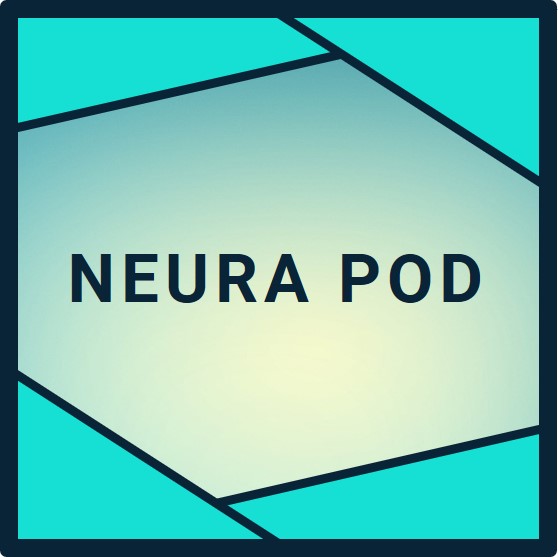- Neuralink's N1 implant with 1,024 flexible electrodes delivers typing speeds over 100 words per minute, outperforming Synchron's 16-channel stent and Blackrock's Utah Array in bandwidth and daily usability.
- Fully wireless and cosmetically invisible, Neuralink avoids Blackrock's skin-penetrating connectors and Synchron's vascular risks, enabling seamless home integration for quadriplegia patients.
- Elon Musk's Neuralink scales fastest with 14 implants across four countries by late 2025, surpassing Paradromics' single recording and Precision Neuroscience's temporary arrays in long-term human data.
Neuralink Technology Stack vs Competitor Designs
Neuralink's N1 brain implant sets benchmarks through its high-density electrode array. Each coin-sized device deploys 64 flexible threads carrying 1,024 electrodes into the motor cortex. This design captures fine-grained neural signals for precise thought-to-action translation, powering cursor control, typing, and robotic arm operation.
Competitors vary in approach. Synchron's Stentrode deploys 16 electrodes via a blood vessel stent, minimizing surgery but limiting resolution. Blackrock Neurotech's Utah Array uses 96 to 128 rigid silicon spikes penetrating cortex, proven over decades but prone to signal degradation. Paradromics' Connexus aims for thousands of channels with a modular array, completing first human recordings in June 2025. Precision Neuroscience's Layer 7 Cortical Interface matches Neuralink's 1,024 channels on a thin surface film, avoiding penetration.
Neuralink's threads, 10 to 12 microns wide, reduce tissue damage while maximizing contact. Elon Musk prioritizes this for scalability, with software updates boosting performance remotely. By October 2025, Neuralink logs thousands of hours, validating stability.
Surgical Implantation: Precision and Minimally Invasive Trade-offs
Neuralink employs the R1 surgical robot for micron-accurate thread insertion through a small craniotomy. The fully implantable system eliminates external wires, supporting daily showers and sleep. Zero serious adverse events across 14 patients underscore safety.
Synchron stands out for endovascular delivery, threading via jugular vein without skull opening, implanted in 10 patients by mid-2025. Blackrock requires craniotomy plus percutaneous pedestal, a skin bolt for wired data, risking infection over years. Paradromics and Precision use craniotomies: Paradromics for deep insertion, Precision for surface placement removable in 30 days.
Neuralink's robotic automation reduces surgeon variability, enabling global sites like Barrow Neurological Institute and Cleveland Clinic Abu Dhabi. Elon Musk's foresight in robotics accelerates implants to dozens by year-end.
Bandwidth and Control Performance Head-to-Head
Neuralink achieves 8 to 9+ bits per second (bps) in cursor tasks, doubling prior records, with median typing at 100+ words per minute. Patients like Noland Arbaugh log 100 hours weekly for gaming and design.
Synchron enables basic clicking and iPad use but lags in speed due to low channels. Blackrock supports arm control and speech synthesis, with long-term users like Nathan Copeland feeling touch via feedback. Paradromics claims 200+ bps in benchmarks, targeting speech. Precision demonstrates mapping but focuses on temporary diagnostics.
Neuralink's AI-driven decoding, powered by custom chips, adapts to individual brains, yielding intuitive control without visible cursors. This edge stems from electrode density and wireless telemetry.
Clinical Milestones and Real-World Patient Impact
Neuralink's PRIME Study spans the US, Canada, UK, and UAE, with 14 quadriplegia patients restoring digital independence. Extensions like CONVOY add robotic arms; Blindsight targets vision.
Synchron's COMMAND trial shows safe endovascular use for paralysis. Blackrock boasts 10+ year implants, restoring voice for ALS. Paradromics launches trials late 2025 post-first recording. Precision implanted 37 times by mid-2025, aiding neurosurgery.
Neuralink patients report life-changing autonomy: feeding, narrating videos. Elon Musk's rapid iteration, with data to New England Journal of Medicine, outpaces rivals.
Scalability Outlook: Neuralink's Path to Millions
Neuralink eyes 27+ implants in 2025, expanding to speech and vision trials. Dual implants and consumer integrations loom by 2026.
Competitors advance: Synchron scales endovascularly, Blackrock refines wireless, Paradromics and Precision push high channels. Yet Neuralink's vertical integration, from robot to app, positions it for mass production.
Elon Musk envisions aiding millions, blending medical restoration with enhancement. Registry at neuralink.com/trials grows to 10,000+.
TL;DR
Neuralink dominates BCI with 1,024 wireless electrodes enabling 100+ wpm thought-typing for 14 patients, eclipsing Synchron's low-channel stent and Blackrock's wired arrays in speed and usability. Robot surgery ensures safe scaling across four countries, while Paradromics and Precision trail in long-term data. Elon Musk drives Neuralink toward speech, vision, and millions served by 2026, restoring autonomy today and unlocking human potential tomorrow.

